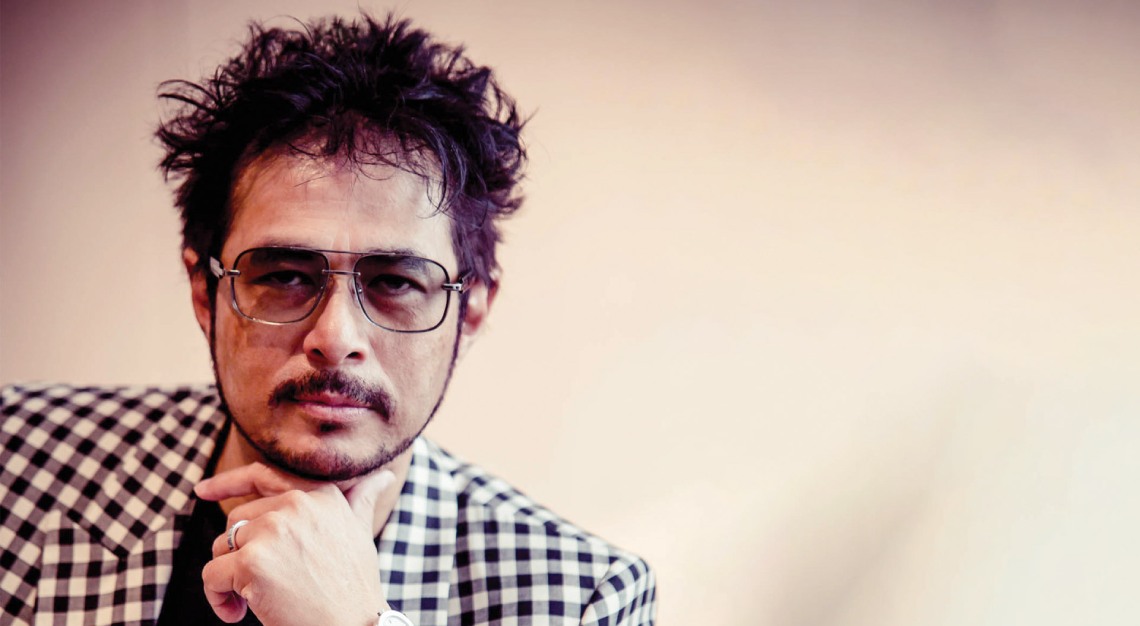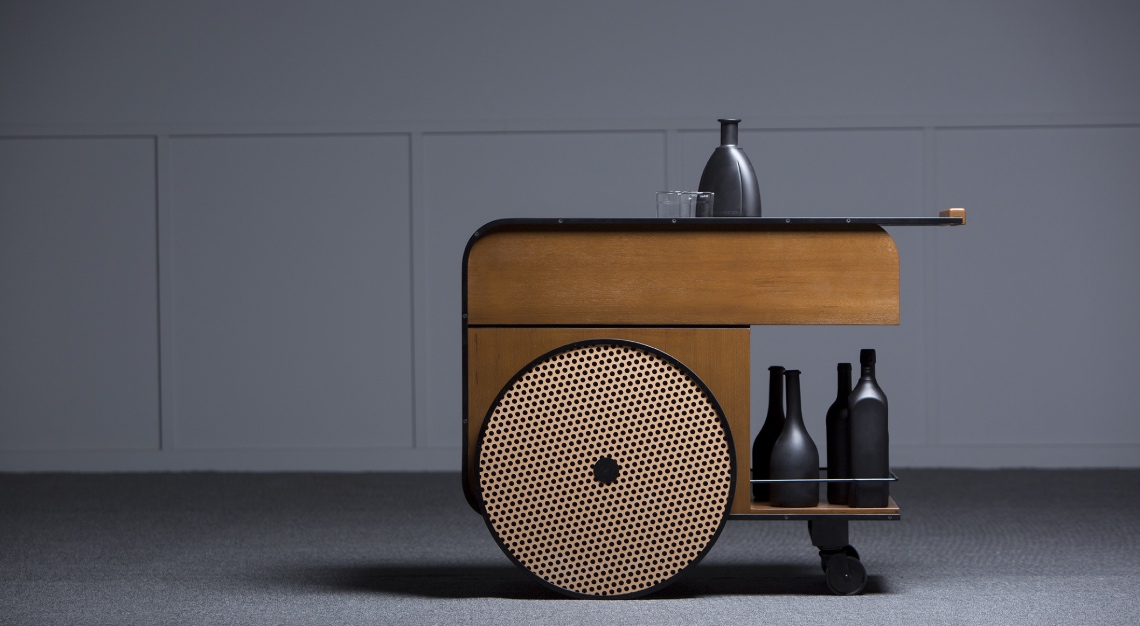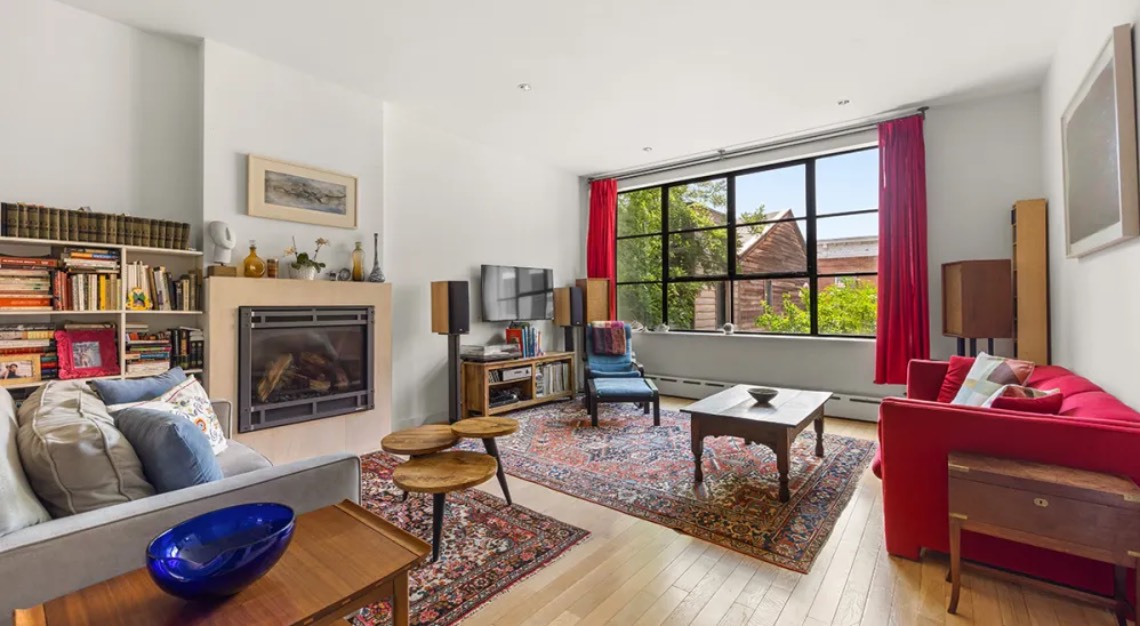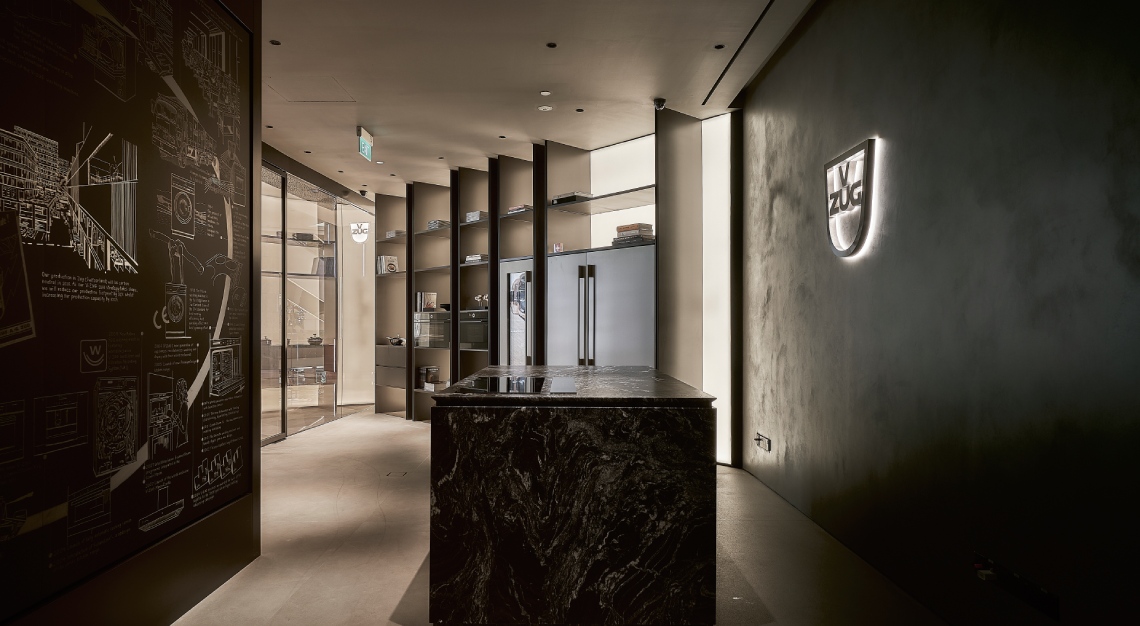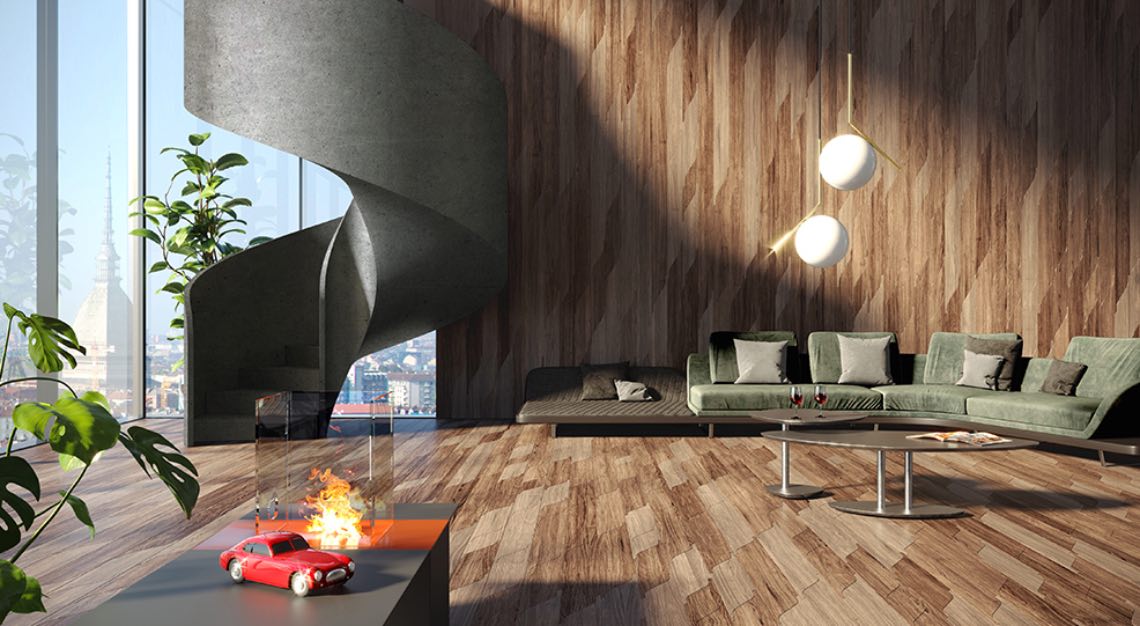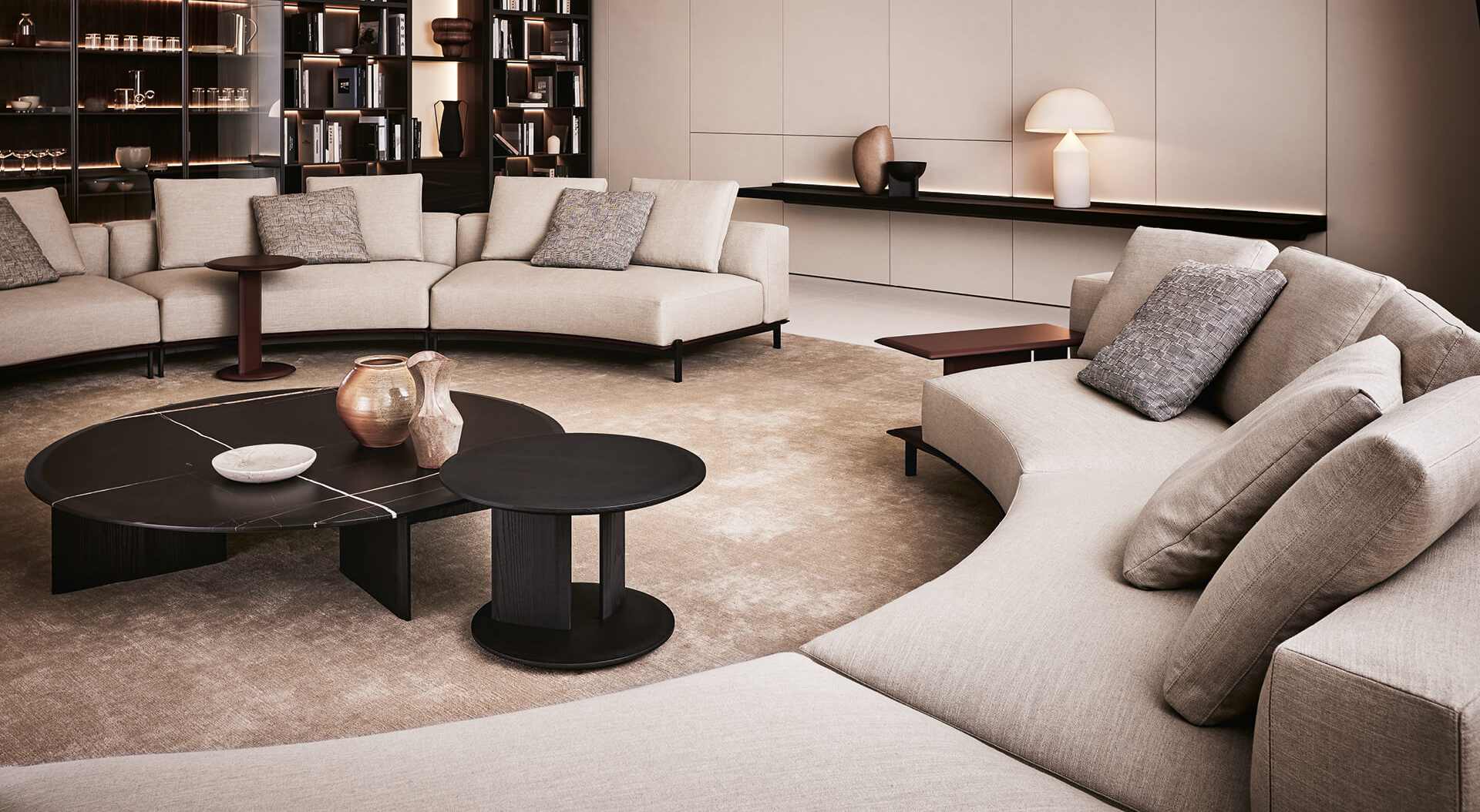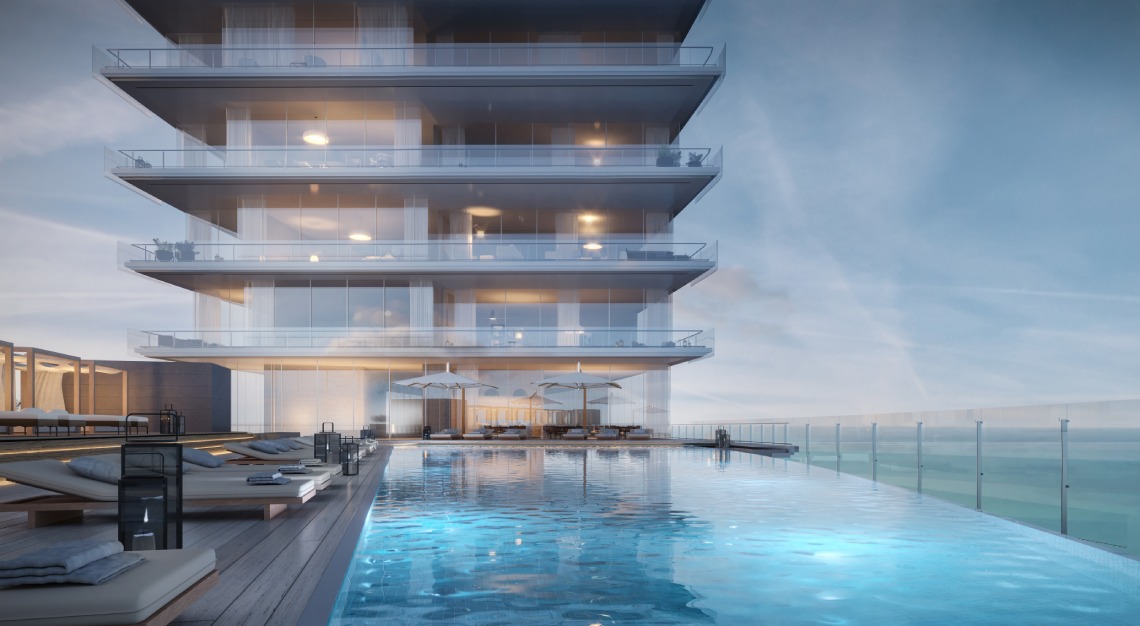The Answers With… prolific design principal Peter Remedios, who shares with us more about his design process and unique philosophies, and why he would rather not choose the 90-degree angle
As the design principal and managing director of Remedios Studio, Peter Remedios is a name synonymous with high-end hotel and resort design, working with some of the world’s most famous hospitality groups; Aman Resorts, Hyatt International, Rafael Hotels, Mandarin Oriental, Oberoi, Regent, Shangri-La, Four Seasons, St. Regis, Oberoi, Hilton, Ritz-Carlton, URC and The Morpheus. His luxury residential projects also contributed to successful launches such as Gramercy in Hong Kong, and Xi’an’s Qujiang Rose Garden, Zhongda 9 Residences, as well as Hong Kong’s The Hudson and The Seymour. In Seoul, his firm has worked on a series of restaurants from The Parkview and French dining room Continental to Zest and Atrio Italian restaurant.
For Peter Remedios, who possesses a Portuguese-Macanese heritage, a chance work trip to Madeira led him to discover olden-day Portuguese sea routes, where he found a sea captain ancestor who was buried in Malacca, Malaysia. “I’ve found the whole mixing of cultures very intriguing – and we see so many commonalities in the Macau “balichao” and Malaccan “belachan” even,” he says.
Meanwhile, Remedios’ design philosophy of discerning the project’s unique personality has led to some notable breakthroughs. Since 2010, his studio in Hong Kong has been the the base for his work, which has ranged from an ultra-luxury villa on The Peak to the renovation at the Four Seasons Hong Kong. The studio is currently working on several projects such as The Ritz-Carlton Kyoto renovation, The Ritz-Carlton Suzhou, a healthcare community project and a luxury residential project in Qujiang. For Peter Remedios himself, the first rule in his design book is, as it always has been; “to go for the extraordinary.”
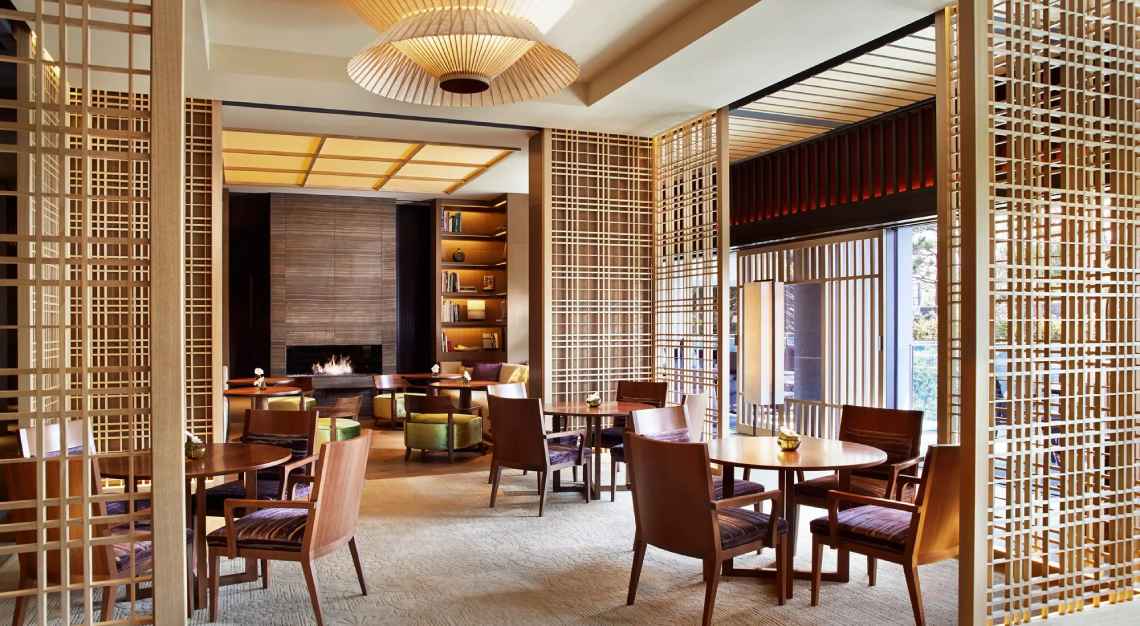
In your 30-plus years in design, what have you found to be the greatest secret in achieving the perfect result?
Peter Remedios (PR): It is passion and persistence by never giving up. As a young boy, my grandfather was something of a character, very wise. I was no more than six or seven and he would come to me and say, “Son, nothing worthwhile in life is achieved without endeavour.” This notion of never settling for less stuck with me. It’s a positive kind of persistence. When I was doing The Ritz-Carlton in Kyoto, there was a height moratorium in the city, and the lobby was less than three metres at some areas. I said, “My goodness how can we do this for a hotel lobby?” Sitting down with the team, I asked the engineering team to help me achieve what I wanted. When they told me I couldn’t do this or that – it was 10.30 at night – instead of giving up, I got up and poured everyone a cup of coffee. Ultimately we got an extra 30 centimetres so we got there in the end. When you follow standard practice, you get standard results. We try to go for extraordinary.
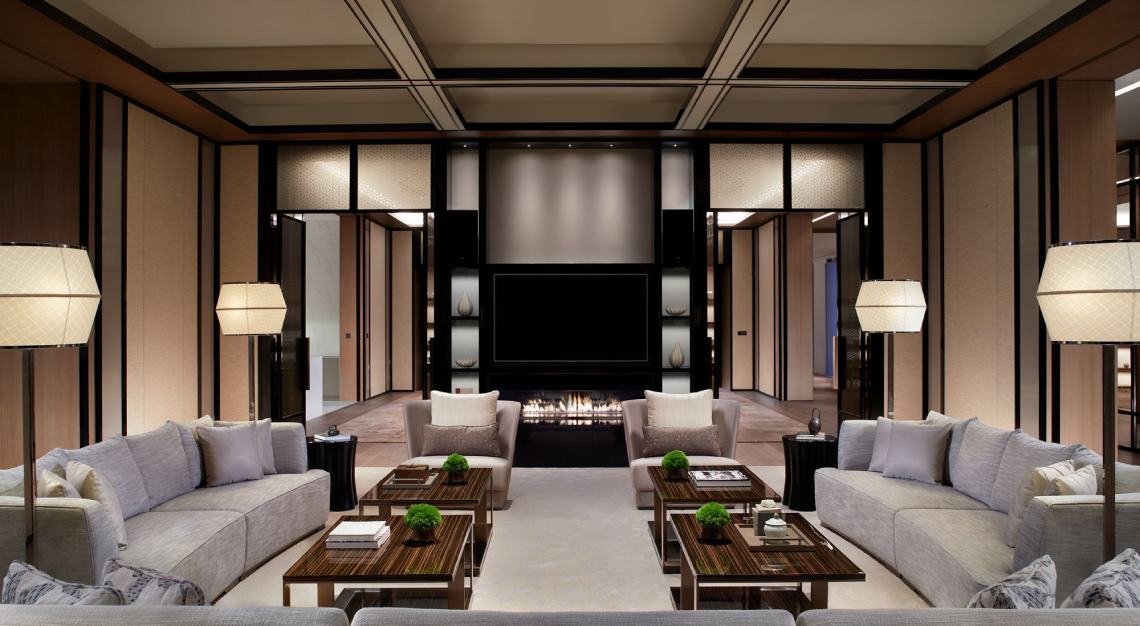
What was in your mind when you set up your own studio in Long Beach, California?
PR: I think as a studio, we are very much driven by the end user. Early on in my career, I was a bit cocky like most designers were, but I’ve matured in that respect. I use the parallel with being a good chef. If you do fusion well, you better know damn well what you’re doing. You should know the classic ways of all the five mother sauces from French cooking. A part of my work is more traditional and classical – once you know how to find balance and symmetry, then at some stage in your life, you feel that you’re ready to break the rules. So setting up my studio in Long Beach, I was ready to take responsibility for that. I can do that.
A key trait of your work is in allowing each project to develop its own unique personality – what is the process you employ to arrive at this realisation?
PR: Design solutions are based on the end user, designed around length of stay from restaurants and spas to private residences. I go with a more thematic approach for the shorter durations, to transport the user, from Kyoto to Tuscany. At hotels, rooms and public areas where usage is across a few days, there is a sense of theatre. So we look to infuse drama that cotton you in the lap of luxury. Just like a fashion product – like buying an Hermes bag – you are buying into the lifestyle from Aman to Four Seasons to The Ritz-Carlton.
Doing residential projects – whether it’s high-rise or multiple towers or single residence – the approach is different. These are personal spaces, and we aim to deliver an enduring experience; which is why we practice architecture, landscape and lighting disciplines. Our understanding developed from years of being frustrated sometimes with the external teams as it is important for us to understand how the people in these homes lived.
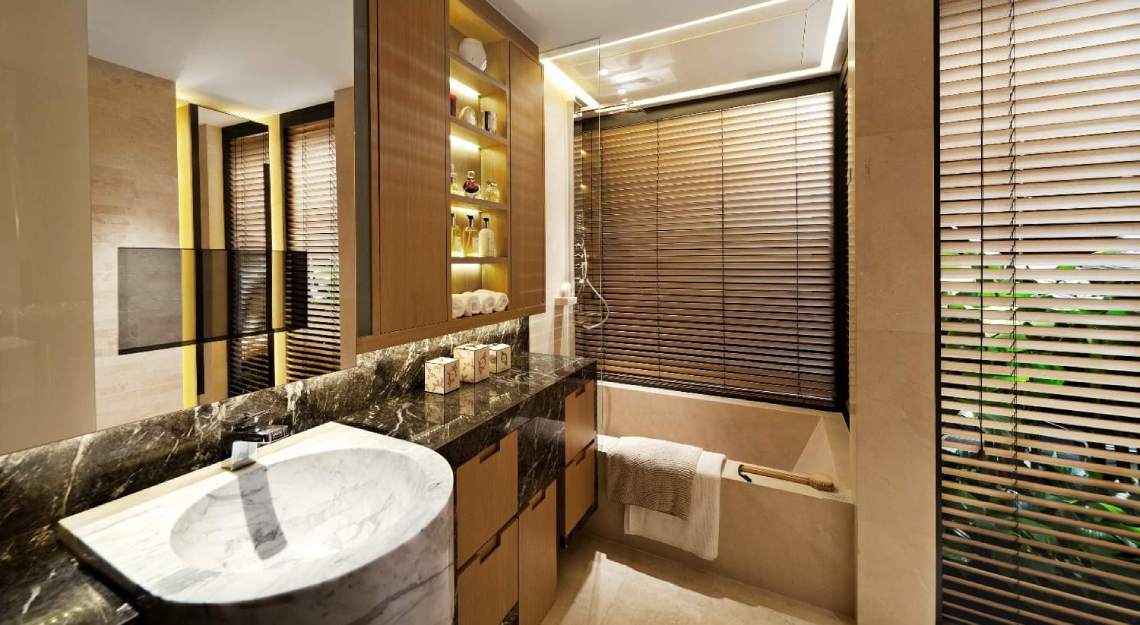
The success of the Gramercy Hong Kong project arrived semi-by accident. During the ’08 financial crisis, I was working out of California as a lot of architectural and design firms were going belly up. We hit the reset button – and working on the Gramercy – we knew we couldn’t make all people happy all the time. I asked the developer who the buyer was. And we looked into that – identified the would-be buyer were young professionals returning to Hong Kong, and the project was situated right on the edge of the trendy SoHo neighbourhood. The other big market was investors. So we figured that if a buyer sees that your project is ready to move in with their bags, then you would be ahead of other developers offering basic products. Looking at their lifestyle, and knowing it would not appeal to families with kids – I said let’s not do two bathrooms but one ‘kick-ass’ master bathroom that doubles as a powder room. So the developer ends up saving on building two bathrooms as well, and that project ended up so successful that they sold off 130 units or so in a day, that they had to hold the last few units for VIPs who were supposed to look at it the following day.
In another instance, when we started on the Ritz-Carlton Kyoto, the Japanese were very wary of a foreigner working on the Florence of Japan. Kyoto is their centre of art, history and literature. They were very mindful of us coming in to interpret that. For us it was creating something that felt like it belonged in Kyoto. We settled on the idea of machiya – the traditional wooden townhouses and the era which straddled their Samurai past and modern history. I had to come up with words to remind me to be on track by asking, “Does it capture Kyoto?” and that word was ‘mysteriousness’. To the point they heard me say it so many times… That’s why the staircase at the hotel flows so naturally like a piece of origami that disappears into the floor. We worked on it for months, and finally we found out how to do it with the structural engineers – by cantilevering out the side column and it looks almost like a piece of art with the moon rising out of it. So these are the things we do which make me think of myself as a movie director.
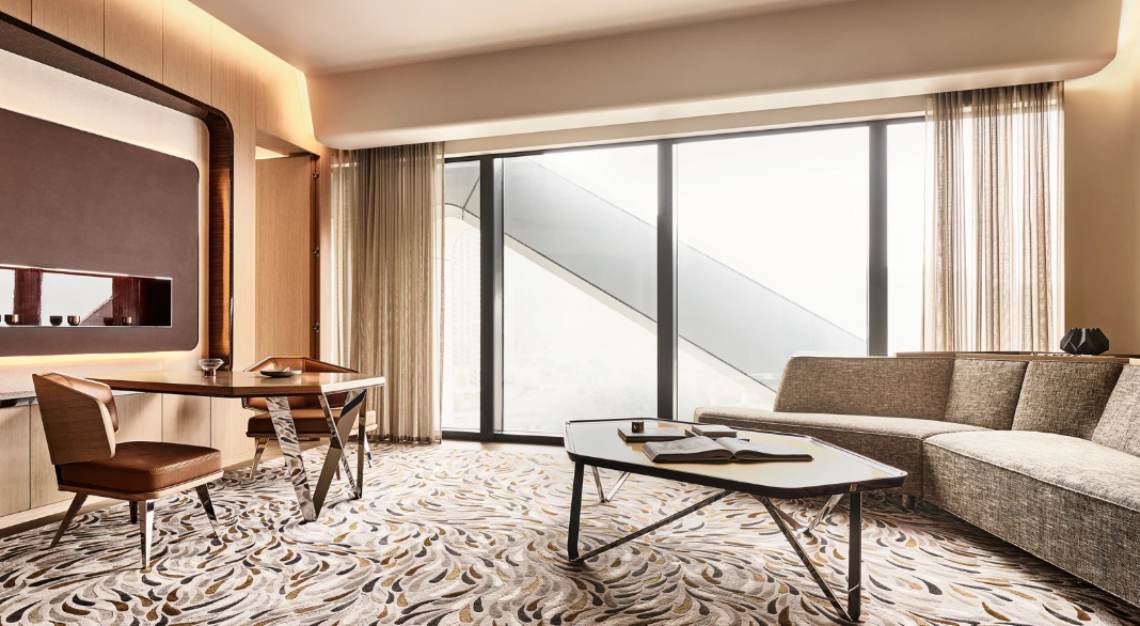
With the Morpheus in Macau, it was totally different kind of hotel. For Lawrence Ho, I chose the hedonistic lifestyle – the people who come to Macau have done all the other world cities. I understand what their aspirations are – they are successful people who want to indulge. So I came up with this concept – a subtle feeling of being on a superyacht. That blends very well with Zaha Hadid’s architecture of the building. If you can choose any angle from 360 degrees, why choose 90 degrees? So I did that for the Morpheus, and I went to Lawrence and said that the hotel is looking great but none of the furniture fits. And I told him that we could manufacture the hotel’s furniture – 11,000 pieces in all. So I worked according to his budget and delivered on time and on budget. I love those challenges.
For The Landmark Mandarin Oriental, we were converting an office tower into a hotel – that was quite a challenge. I quickly discovered an idea of building the bathroom all the way to the window. We were competing with spectacular rooms – but by moving the bathroom closer to the window and natural light – we delivered a unique experience for guests who experienced clearly unique sensations of being suspended almost over the city’s skyscrapers.
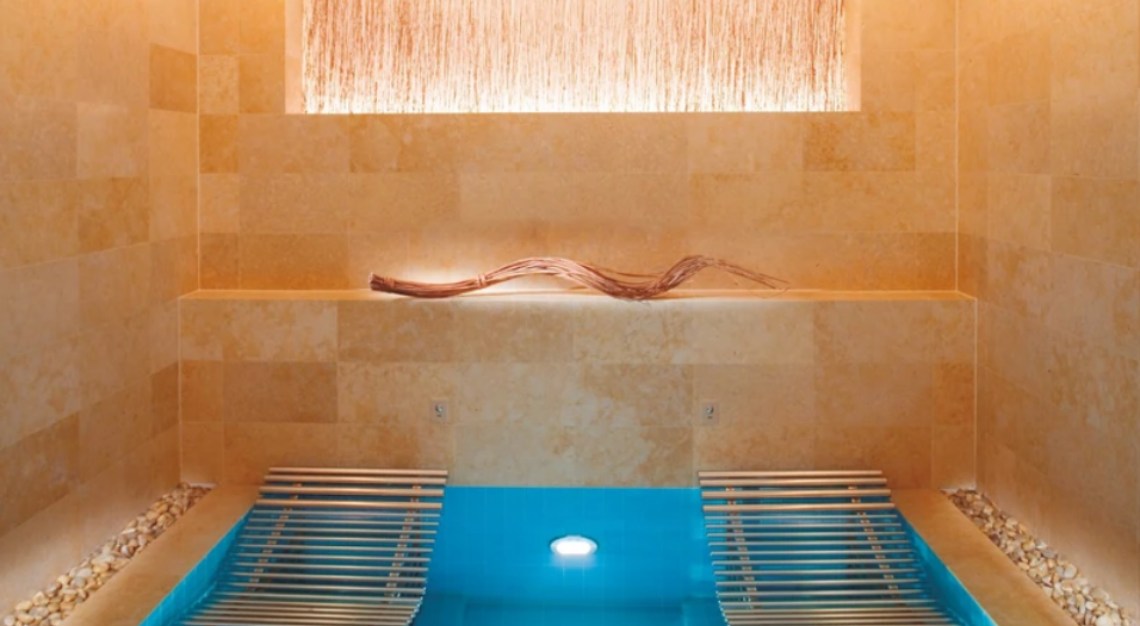
The first thing Peter Remedios does in the morning
Nothing too unusual, I check my phone to see what’s happening. We live these lives where we can’t be separated from our devices.
What do you do that’s still analogue?
I still sketch by hand and I love it. I would say that there’s no replacement for that with all the digital technology. Otherwise, all our work product is digital – except my sketching.
What item in your wardrobe do you wear most often?
I’ve spent the last two and half years in Hong Kong due to the border restrictions – I think I’m still stylish now but in a more relaxed way. There’s one item in my wardrobe that I absolutely love; my Loro Piana loafers. They’re the most comfortable shoes I’ve ever had, you can slip them on and off like slippers and they are incredible in holding their shape.
The thing Peter Remedios craves most at the end of the day
At the end of the day, what I crave is a moment of peace and tranquility and time with family. COVID has maybe been a wake-up call for a lot of people who are driven by their success and making money. You forget the people in your life, the time together – that’s something not to lose sight of.
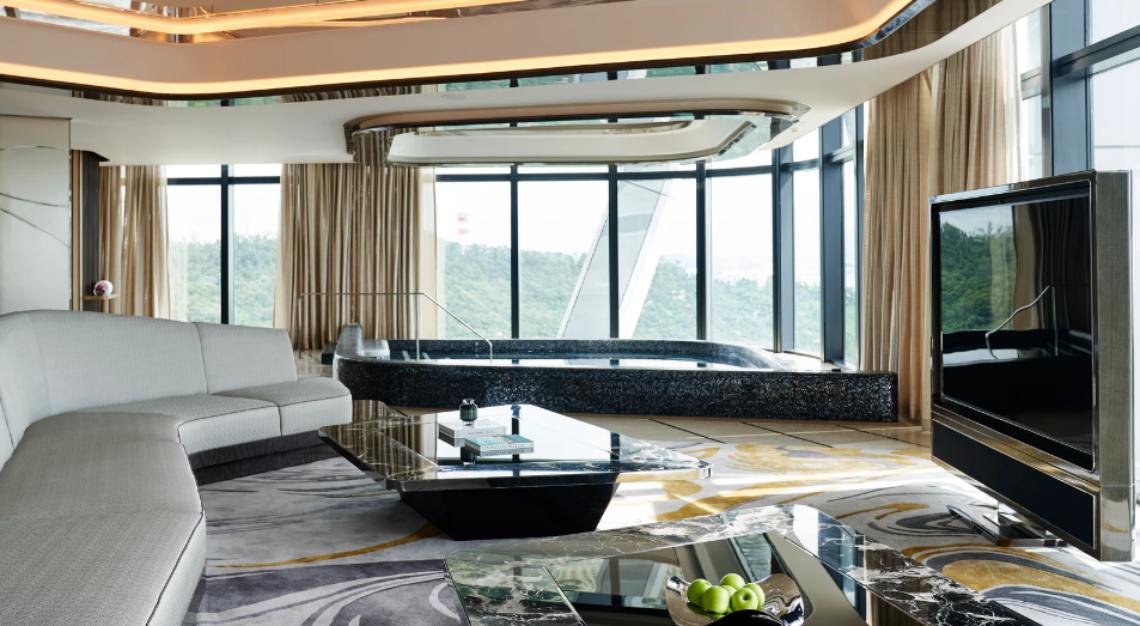
The Peter Remedios method to finding calm
I’ve always been an avid sailor. In my younger days I was doing sailboat racing. Now it’s about powerboats, it’s a lot easier. I’m a certified yachtmaster – sailing gives me that peace and tranquility – it’s a connection with nature and I find the sea very calming.
The most recent thing you added to your collection?
In terms of work, we have a sister company called Reimagine where we create products such as the furniture for Morpheus. For me this project is very exciting, it allows us to bring back all the memories in our career. From a personal side, I’m putting together a theatre and sound system for my new home.
What is the most exotic location you’ve ever been and why?
I would say I’ve been to a lot of pretty exotic places, such as going to the middle of nowhere on horseback to survey the space (when I’ve never been on a horse before!). Or a hacienda at some hillside town. I’ve always loved a sense of relaxed luxury in nature and more recently I’ve fallen in love with Queenstown, New Zealand near the tip of the South Island. It sits in the middle of Alpine forests and lake and is incredibly beautiful. It checks a lot of my boxes. That’s the kind of exotic I like – pampered exotic.
Success according to Peter Remedios
I’ve come to redefine success in the past two years. For me now, it’s the ability to do what you want, when you want on your own terms. When you achieve that you’ve succeeded.
This story was first published on Robb Report Malaysia
